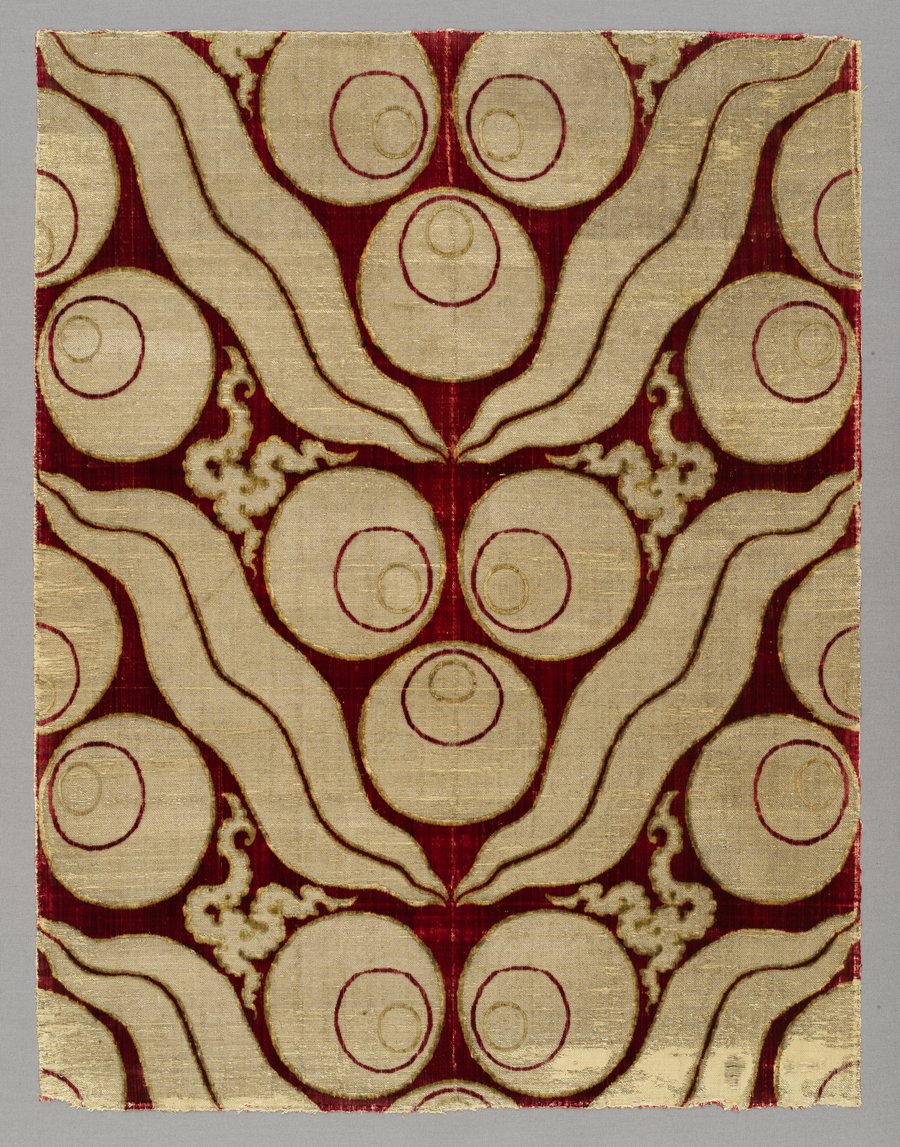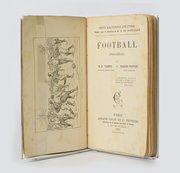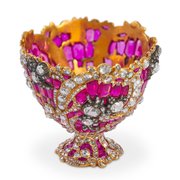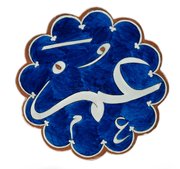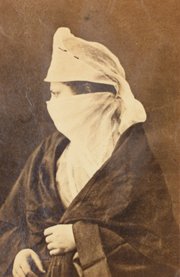
Textile
Museum of Islamic Art
- Title:
- Textile
- Production place:
- Bursa
- Date:
- 1525 - 1575
- Period:
- Ottoman
- Title:
- Textile
- Production place:
- Bursa
- Date:
- 1525 - 1575
- Period:
- Ottoman
- Material:
- Silk, Metallic thread
- Technique:
- Weaving
- Dimensions:
- 83 × 63
This luxurious cloth is woven in red silk velvet with silver metallic threads. Although strikingly modern-looking in design, this ancient motif is known as 'chintamani', deriving from the Sanskrit word meaning ‘precious jewel'. The triple spot motif has long been used to represent the Buddhist eternal wish-granting jewel, but this 'spots and stripes' motif is also found in 8th century AH/14th century CE Persian paintings of ancient kings wearing the skins of tigers and leopards, associating this motif with power, kingship and royalty. The earliest Ottoman velvets included this motif, which may have been used as a badge of sovereignty. This velvet fragment has smaller circles set within the triple spots, forming a series of crescents, a motif favoured by the Ottomans. Small Chinese-style wispy clouds are also woven into the design. The chintamani motif is specifically associated with the imperial Ottoman court and is seen across costumes, especially silk kaftans, textiles, and carpets, as well as on tiles. In the early 9th century AH/early 15th century CE Bursa, the then capital of Ottoman Turkey, was the main centre for velvet production; however, when the capital officially moved to Istanbul (formerly Constantinople) in 857 AH/1453 CE, the Bursa workshops continued to supply the Ottoman courts.
